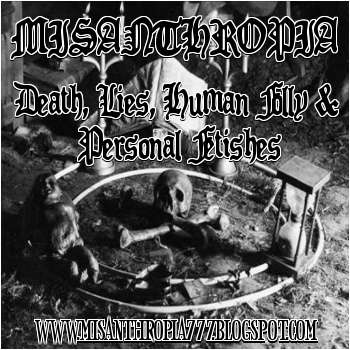











 Mexico's astounding mummy museum with "the world's smallest mummy"
Mexico's astounding mummy museum with "the world's smallest mummy"Known as "natural mummification" it is the process by which corpses are naturally preserved. There are many different environments where natural mummification occurs, the extremely cold, very dry environments, and bogs are all places in which bodies will, rather then rot away, mummify often only to be found thousands of years later. In the case of the Guanajuato mummies, they only had to wait a few hundred years, and were not so much discovered as evicted.
Starting in 1865 and lasting all the way until 1958, the small town of Guanajuato, Mexico required that relatives pay a grave tax. When the relatives failed to do so for three years in a row, their deceased loved ones were promptly dug up and evicted. Weirdly, due to the extremely dry conditions of the soil and burial procedures the corpses often came up as well preserved if shrunken mummies. (The first to be dug up and found mummified was one Dr. Remigio Leroy on June 9, 1865.) The cemetery kept these strange mummified corpses in an underground --actually under the cemetery grounds itself -- ossuary in case the relatives came around with the money wanting a re-burial. By 1894, the ossuary had racked up enough mummified bodies to re-brand itself as a museum.
Though the practice ended in 1958 (three years before the first man flew in space) the mummies continued to be kept in the local ossuary/museum. In 1970 a Mexican B-Horror movie was produced: "Santo Versus the Mummies of Guanajuato" starring masked wrestler Rodolfo Guzmán Huerta. This made the mummies known to Mexican's but it wasn't until 1990 that foreign began trickling in, paying the cemetery workers a few bucks to let them in.
The mummies, because they were formed naturally, are much more gruesome looking then your standard Egyptian mummy. With gaunt and twisted faces like extras from a horror movie, and often covered in the tattered rags they were buried in, the mummies stand, lean and recline in glass cases throughout the museum. Perhaps the most shocking to visitors are the shrunken children mummies, and one in particular claimed to be "the world's smallest mummy" is no bigger then a loaf of bread. It is still unknown what exactly it is about the soil or the environment of this particular cemetery that produces so many natural mummies, and the mystery has given way to many superstitions about the mummies. A common local belief is that the mummification is divine punishment for acts committed while alive.
There is a gift shop that sells sugar skulls and effigies of the mummies.











 "He who can, does. He who cannot, teaches."
"He who can, does. He who cannot, teaches."



 "Being is substance and life; life manifests by movement; movement is perpetuated by equilibrium; equilibrium is therefore the law of immortality.
"Being is substance and life; life manifests by movement; movement is perpetuated by equilibrium; equilibrium is therefore the law of immortality.


 "The doctrine of equality!... But there exists no more poisonous poison: for it seems to be preached by justice itself, while it is the end of justice.... "Equality for equals, inequality for unequals" that would be the true voice of justice: and, what follows from it, "Never make equal what is unequal."
"The doctrine of equality!... But there exists no more poisonous poison: for it seems to be preached by justice itself, while it is the end of justice.... "Equality for equals, inequality for unequals" that would be the true voice of justice: and, what follows from it, "Never make equal what is unequal."



No comments:
Post a Comment
Note: Only a member of this blog may post a comment.